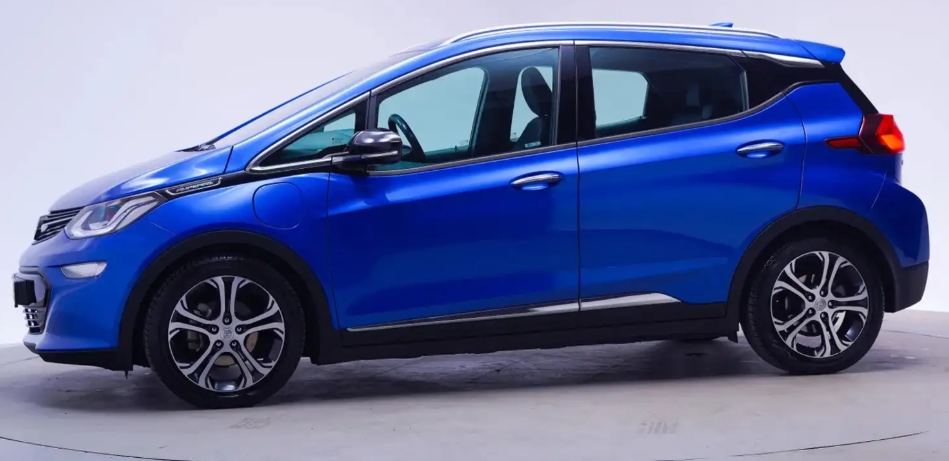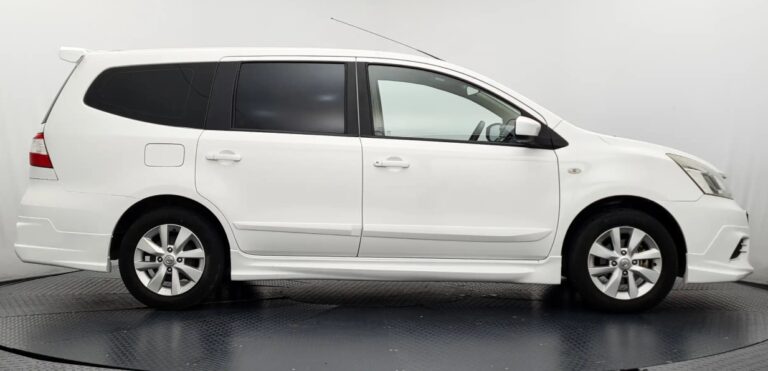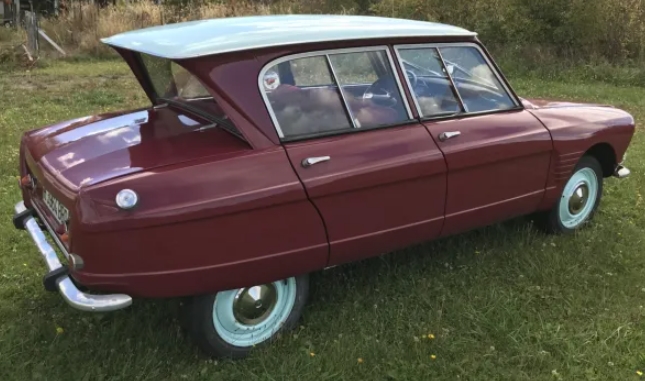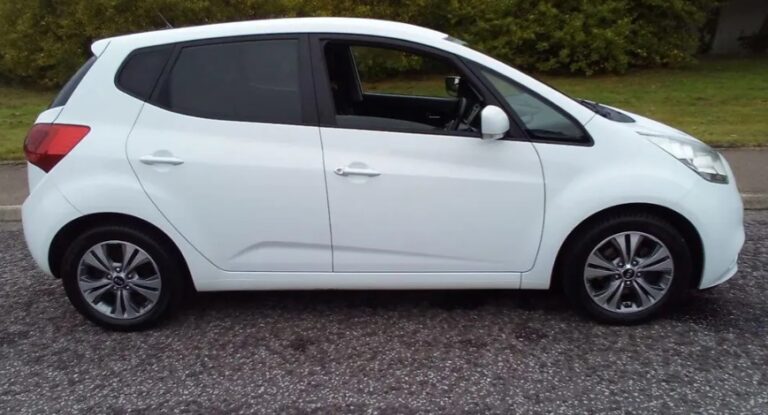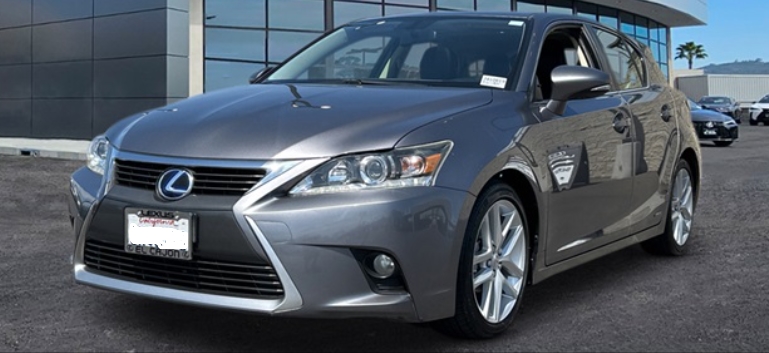The Evolution of the Opel Ampera
The Opel Ampera stands as a significant milestone in the evolution of electric and plug-in hybrid vehicles in Europe, representing Opel’s pioneering efforts to bring electric mobility to the mainstream market. Its development reflects advancements in technology, changing market demands, and the global push toward sustainable transportation. This article traces the journey of the Opel Ampera from its inception to its discontinuation, detailing its models, trim levels, and technological progress over the years.
Origins and Development
The Opel Ampera was originally developed as a rebadged version of the Chevrolet Volt, which was first introduced in North America in 2008 by General Motors (GM). The Ampera was Opel’s answer to the growing demand for electric vehicles (EVs) and plug-in hybrid electric vehicles (PHEVs) in Europe, offering a practical, extended-range electric vehicle (EREV) designed for everyday use.
The European version, based on the GM Volt platform, was launched in 2011, making it one of the first mass-market plug-in hybrids available in Europe. Opel, a subsidiary of GM, aimed to combine electric driving with traditional combustion engine range extension, addressing range anxiety—a common concern among early EV adopters.
Production Timeline and Market Introduction
| Year | Event |
|---|---|
| 2010 | Opel begins development and testing of the Ampera based on the Chevrolet Volt platform. |
| 2011 | Official debut of the Opel Ampera at the Geneva Motor Show; sales commence in select European markets, including the UK, Germany, and the Netherlands. |
| 2012 | The Ampera wins the 2012 European Car of the Year award, boosting its visibility and credibility. |
| 2015 | Discontinuation of the Opel Ampera in most markets, replaced by the Opel Ampera-e, a different model based on the Chevrolet Bolt EV. |
The First Generation Opel Ampera (2011–2015)
Overview
The first-generation Opel Ampera was produced from 2011 until 2015. It was a five-door hatchback with a distinctive design that balanced practicality with innovative technology. Its core feature was a plug-in hybrid powertrain that combined a 1.4-liter four-cylinder gasoline engine with an electric motor, allowing for zero-emission driving within its electric range.
Powertrain and Performance
- Electric Range: Approximately 60 miles (96 km) on a full charge, based on European testing standards.
- Total Range: Over 300 miles (482 km) when combining electric driving with the gasoline engine.
- Battery: 16 kWh lithium-ion battery pack.
- Power Output: The electric motor produced around 150 horsepower (112 kW), with the gasoline engine acting as a generator to extend range.
- Transmission: Single-speed planetary gear set, typical for electric vehicles.
Trim Levels and Features
The Opel Ampera was offered mainly in a single trim level, emphasizing its technological features and comfort:
- Opel Ampera (2011–2015): The standard model included:
- HVAC system with pre-conditioning
- Navigation system with touchscreen
- Leather upholstery (availability varied by market)
- Climate control
- Cruise control
- Regenerative braking system
- Keyless entry and start
- Alloy wheels
- LED daytime running lights
The focus was on technological innovation rather than multiple trim levels, making it a relatively straightforward choice for consumers looking for an advanced eco-friendly vehicle.
Technological Highlights of the First Generation
- Extended-Range Electric Vehicle (EREV): The Ampera’s unique system allowed it to operate solely on electric power until the battery was depleted, after which the gasoline engine would activate to generate electricity.
- Regenerative Braking: Enhanced efficiency by recapturing kinetic energy during deceleration.
- Onboard Charging: 3.3 kW onboard charger compatible with standard European household outlets, allowing full recharge in approximately 4-6 hours.
- Eco Modes: Multiple driving modes to optimize energy consumption, including “Hold” and “Mountain” modes.
Market Reception and Impact
The Opel Ampera was well-received critically, winning the 2012 European Car of the Year award. It was praised for its innovative range-extending technology, comfort, and environmental credentials. However, sales were limited by high pricing, limited electric range compared to emerging competitors, and the relatively small production volume.
Transition and the Ampera-e (2016–2019)
In 2015, GM announced a new model called the Opel Ampera-e, which was a different vehicle based on the Chevrolet Bolt EV platform. Unlike the original Ampera, the Ampera-e was a dedicated battery EV, not a plug-in hybrid.
Overview of the Opel Ampera-e
- Production: Began in 2016 and continued until 2019.
- Design: Hatchback similar in size to the original Ampera, but with a more modern, aerodynamic design.
- Powertrain: Fully electric with no gasoline engine.
- Battery: 60 kWh lithium-ion battery.
- Electric Range: Approximately 230 miles (370 km) on a full charge, significantly higher than the original Ampera.
- Performance: 204 horsepower (150 kW), 0–60 mph in approximately 7 seconds.
- Charging: 50 kW fast-charging capable, allowing 80% recharge in about 30 minutes.
Trim Levels and Features of the Opel Ampera-e
The Ampera-e was available primarily in a single, well-equipped trim, emphasizing affordability combined with advanced technology:
- Opel Ampera-e (2016–2019):
- Standard features included:
- Touchscreen infotainment system with Apple CarPlay and Android Auto
- Climate control
- Cruise control
- LED headlights and taillights
- Advanced driver-assistance systems like lane keep assist and front collision warning
- Alloy wheels
- Multiple driving modes (Eco, Normal, Sport)
The model was positioned as a practical, affordable EV alternative with a long range, attracting urban drivers and environmentally conscious consumers.
.
THIS might be a great place to get your new car from!
Or for those who are into the “car flipping” business, here’s an excellent resource for you!

.
Discontinuation and Legacy
The Opel Ampera-e was discontinued in 2019 due to various factors including limited sales, battery supply issues, and strategic shifts within GM and Opel. The vehicle’s discontinuation marked the end of Opel’s first significant foray into fully electric vehicles.
Despite its relatively short production span, the Ampera-e contributed significantly to the development of electric mobility in Europe, demonstrating the potential of long-range EVs. Its success influenced subsequent models in Opel’s electric lineup, including the later Opel Mokka-e and Astra-e.
Summary of Key Models and Variants
| Model | Years Produced | Powertrain | Electric Range | Notable Features |
|---|---|---|---|---|
| Opel Ampera (First Generation) | 2011–2015 | PHEV (Electric + Gas generator) | ~60 miles (96 km) | Extended-range EV, innovative technology |
| Opel Ampera-e | 2016–2019 | Fully Electric | ~230 miles (370 km) | Long-range EV, modern design, advanced features |
Significance in Automotive Evolution
The Opel Ampera’s evolution from a pioneering plug-in hybrid to a dedicated long-range electric vehicle exemplifies the broader shifts within the automotive industry. It highlights challenges such as battery technology, charging infrastructure, and market acceptance, while also showcasing the technological innovations that paved the way for future electric vehicles.
While the original Ampera pioneered extended-range technology in Europe, the Ampera-e demonstrated the market appetite for fully electric vehicles with substantial range and affordability. Both models, despite their limited production runs, contributed to Opel’s reputation as an innovator in electric mobility.
Conclusion
The Opel Ampera’s journey reflects the rapid developments in electric vehicle technology over the past decade. From its debut as a pioneering plug-in hybrid to its successor as a fully electric vehicle, the Ampera family has played a crucial role in shaping electric mobility in Europe. Its legacy continues to influence Opel’s current and future electric models, underscoring the brand’s commitment to sustainable transportation.
